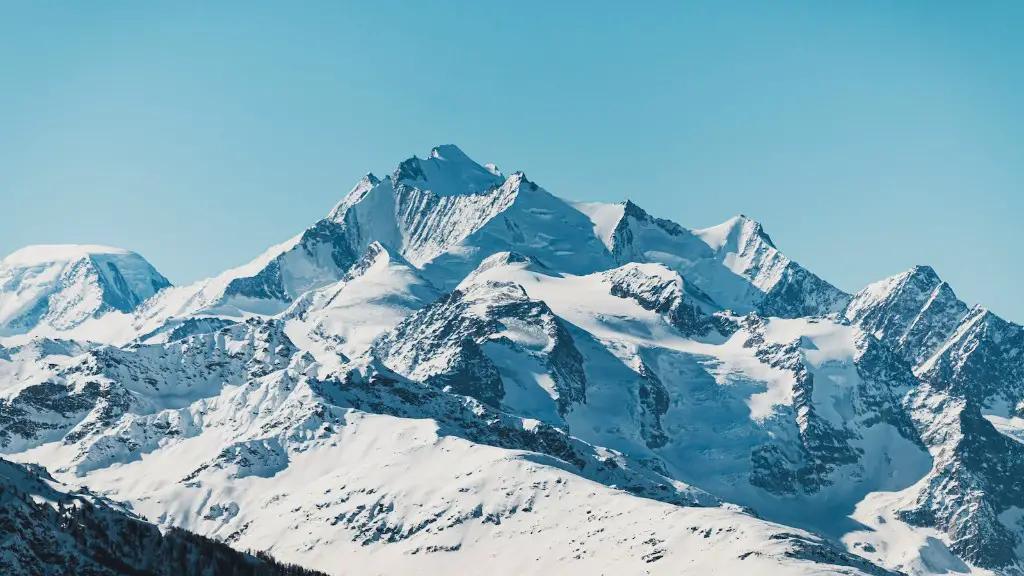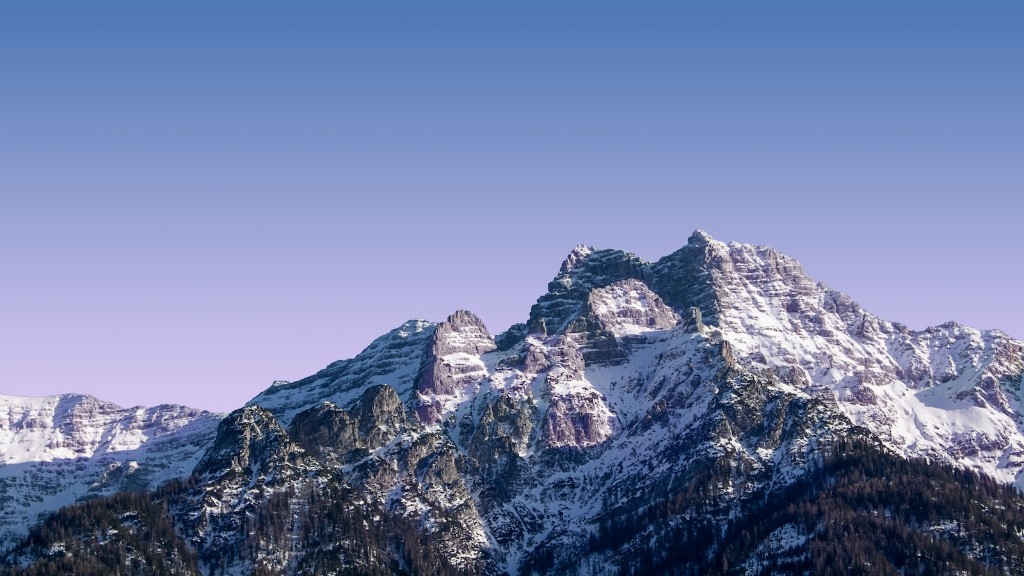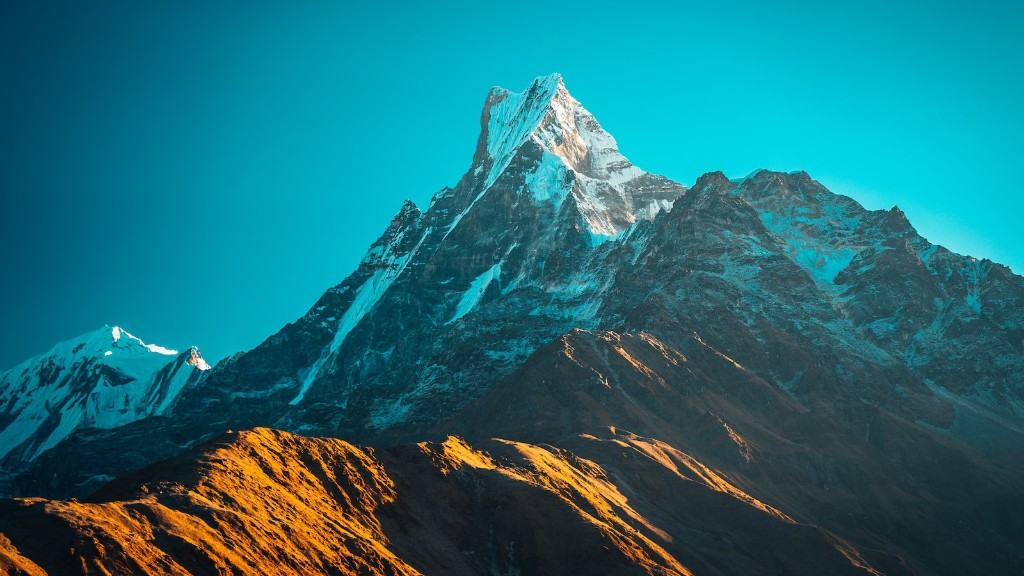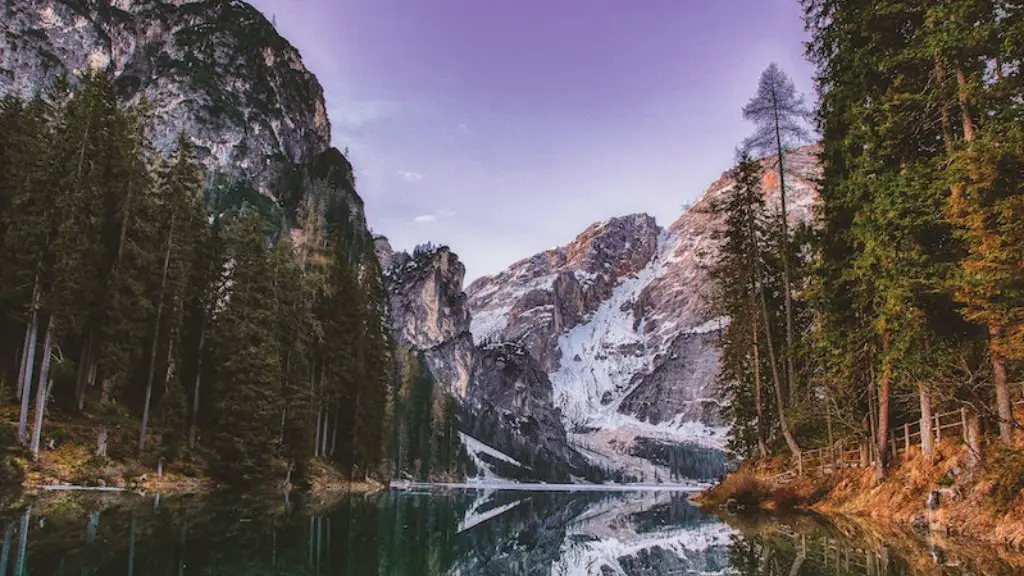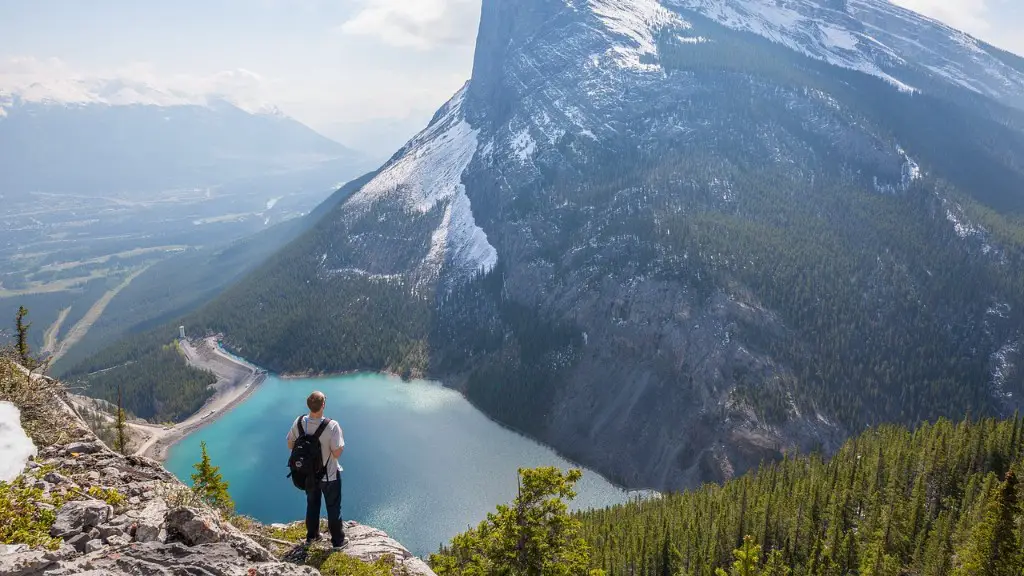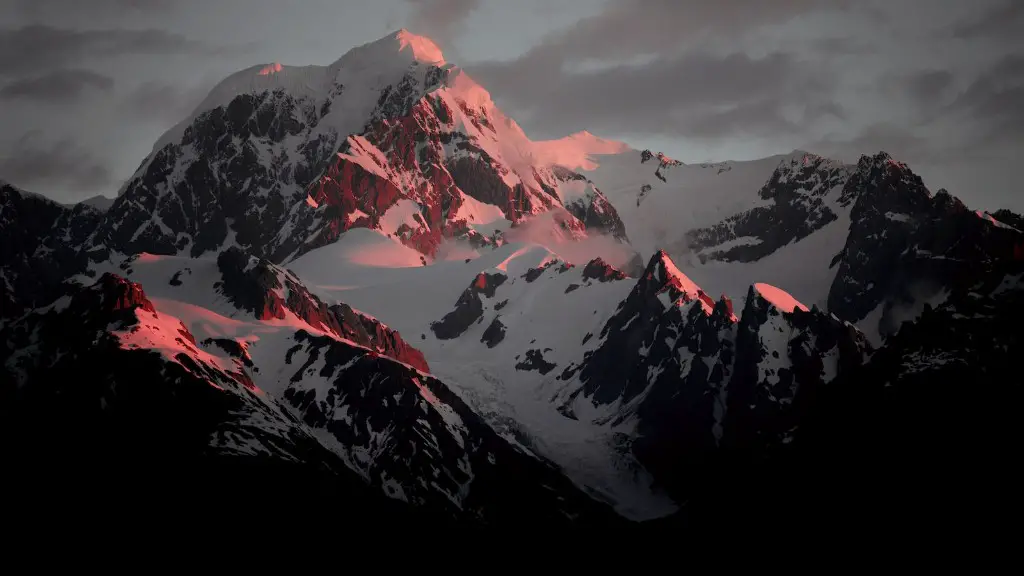Mount Everest is the tallest mountain in the world, and it is one of the most popular destinations for mountaineers. Every year, hundreds of people attempt to summit Everest, but unfortunately, not all of them make it back alive. So, how do people die on Mount Everest?
There are a number of ways that people can die while climbing Everest. One of the most common causes of death is altitude sickness, which can strike even the most experienced climbers. Altitude sickness occurs when the body is unable to adapt to the high altitude and lack of oxygen, and it can cause a number of symptoms, including headache, nausea, shortness of breath, and fatigue. In severe cases, it can lead to edema, a condition where the body swells up with fluid, and in the worst cases, it can lead to coma and death.
Another common cause of death on Everest is exposure. With temperatures on the mountain often plunging below zero, climbers can easily become hypothermic, or suffering from extreme cold. Frostbite is also a serious problem on Everest, and it can cause permanent damage to the skin and underlying tissue. In extreme cases, it can lead to amputation.
avalanches are another major hazard on Everest.
Some people die on Mount Everest because of the altitude, while others die from avalanches.
What is the main cause of death on Mount Everest?
The top three causes of death on Everest are avalanches, falls, and collapses, and mountain sickness with brain or lung edema.
The death toll on Everest is unfortunately quite high, with over 310 people dying between 1924 and 2022 according to the Himalayan Database. However, the exact number of fatalities is likely even higher, as many bodies are never recovered from the mountain. Despite the dangers, people continue to be drawn to the challenge of summiting Everest, drawn by the allure of conquering one of the world’s most iconic peaks.
Why do hikers die in Mount Everest
Since the early 1800s, more than 200 people have died in avalanches in the U.S. In the 1950s, avalanches caused an average of 25 deaths per year in the U.S. However, over the past few decades, that number has decreased to an average of 5 deaths per year. This is due in part to improved safety equipment and education.
Despite these improvements,avalanches still pose a significant danger to backcountry travelers. Each year, there are dozens of reports of people being caught in avalanches. Some are lucky and are able to dig themselves out, but others are not so fortunate and die.
If you are planning to travel in avalanche-prone terrain, it is important to be prepared. Learn about avalanche safety and take the necessary precautions to protect yourself and your loved ones.
With over 300 people dying on the mountain, it is standard protocol to leave the dead bodies where they lie for a number of logistical reasons. However, they also remain as trail markers for mountaineers looking towards the summit. This is because the bodies can help show climbers the route that others have taken before them. In addition, the bodies can also provide a sense of scale for the mountain.
What kills most people on Everest?
Since 1953, more than 300 climbers have died while attempting to summit Mount Everest. A third of these deaths were due to a lack of oxygen. This is an incredibly dangerous mountain to climb, and it is important to be well prepared before attempting the ascent.
The death zone is the area above 8,000 meters (26,247 feet) where the air is so thin that the human body can no longer function properly. The main cause of death in the death zone is exhaustion because the body is working so hard just to stay alive.
People are advised not to stay in the death zone for more than 16 to 20 hours because the longer they stay, the more likely they are to succumb to exhaustion. Shorter stays can also be deadly, however, as many of the 200+ climbers who have died on Mount Everest have died in the death zone.
Are bodies removed from Everest?
When people die on Everest, it can be difficult to remove their bodies. Final repatriation costs tens of thousands of dollars (in some cases, around $70,000) and can also come at a fatal price itself: two Nepalese climbers died trying to recover a body from Everest in 1984.
The body of Tsewang Paljor, an Indian climber who died on Everest in 1996, has become a landmark on the main Northeast ridge route of Mount Everest. The body has not been officially identified, but he is believed to be the climber known as “Green Boots”.
Do bodies stay on Mt. Everest
It is estimated that the bodies of at least a third of all who have died on Everest remain there. Some of them are in pieces, pulled apart by avalanches. It is very dangerous to remove remains from the top of the mountain.
The average temperature at the top of Mt. Everest during the winter season is around -37°C, while at Everest Base Camp, the average temperature is around -17°C. This is due to the fact that Everest Base Camp is at a lower altitude than the summit of Mt. Everest. During the winter season, the temperatures at Everest Base Camp can drop as low as -40°C, so it is advisable to plan your ascent accordingly.
Can you breathe at the top of Mount Everest?
On the peak of Everest, it can take minutes just to catch your breath. That’s because, at an elevation of 8,848 meters (29,029 feet), each breath contains one-third of the oxygen found at sea level. The air is so thin that your body has to work much harder to get the oxygen it needs.
When you go to a high elevation, there is less air pressure. The lower air pressure makes air less dense (thinner), and so there is less oxygen in the air you breathe. At the top of Mount Everest, there is only ⅓ of the oxygen available as there is at sea level.
What is the oldest body on Mount Everest
George Mallory was an English mountaineer who took part in the first three British expeditions to Mount Everest in the early 1920s. He is best known for his involvement in the 1924 expedition, when he and fellow climber Andrew “Sandy” Irvine became the first people to disappear high on the mountain, in an area now known as the “death zone”.
The cost of climbing Everest has been on the rise in recent years, with prices reaching as high as $160,000 in 2022. While some people may be willing to pay this amount for the experience,Others may find it prohibitively expensive. If you’re thinking of climbing Everest, be prepared to budget accordingly.
What are the chances of dying Everest?
Mount Everest is the highest mountain on earth and is located in the Himalayas. It attracts hundreds of climbers every year, but has a 141% fatality rate. Many people have died trying to summit Everest, and it is considered one of the most dangerous mountains to climb.
In the last 30 years, about 1% of climbers who have attempted to summit Mount Everest have died. The percentage of deaths to successful attempts is around 4%. While this may seem like a relatively low success rate, it is important to remember that climbing Everest is an extremely difficult and dangerous undertaking. avalanches, exposure to cold and high winds, and exhaustion are just some of the dangers that mountaineers face.
How many bodies can you see on Mount Everest
Its a sad reality that at least 200 corpses lie distributed throughout Everest, the world’s tallest mountain. You may have heard rumours over the years that you can see dead bodies on the mountain, and sadly, these rumours are true. While the mountain is an incredible feat of natural beauty, it is also a dangerous place, and many people have lost their lives trying to reach the summit. If you’re considering climbing Everest, be aware of the risks involved, and know that you may very well come across a dead body during your ascent.
Our award winning team have been granted permits to sleep in Everest Base Camp even though, traditionally, only teams with expedition permits have been allowed to sleep there. Sleeping at Everest Base Camp is one of the more unique adventure treks out there and our team is excited to be able to experience it. We are grateful to the Nepalese government for allowing us to sleep in Everest Base Camp and we hope to be able to contribute to the protection of this amazing place.
Final Words
There are many ways that people have died on Mount Everest, ranging from avalanches to altitude sickness. Some of the most common causes of death are exposure to the cold, falling, and being hit by falling ice.
Although there are many ways that people have died on Mount Everest, the most common cause of death is from exposure to the cold weather and from avalanches.
